7 Smart Ways to Know If a Property Is Truly Vastu Compliant — or Just Clever Marketing
Discover how to spot genuine Vastu compliant homes vs. marketing gimmicks. Know what to look for before buying your dream home. Is That Property Really ‘Vastu Compliant’ or Just Marketing?
In today’s property market, the term “Vastu compliant” is thrown around frequently — from brochures and hoardings to YouTube walkthroughs and builder websites. But as a buyer, have you ever stopped to wonder: Is this property genuinely aligned with Vastu Shastra principles, or is it just a clever marketing label to close the deal faster?
Let’s decode what Vastu compliance really means — and how you can tell whether that dreamy 2 or 3 BHK home you’re eyeing is authentically designed with Vastu in mind or just carrying a feel-good sticker.
First, What Exactly is Vastu Shastra?
Vastu Shastra is an ancient Indian architectural science that governs how space, layout, direction, and design influence the energies within a home. It’s rooted in aligning your living space with nature’s five elements — earth, water, fire, air, and space — to promote health, prosperity, and harmony.
A few basic Vastu principles include:
- Main door facing east or north
- Kitchen ideally in the southeast (fire element)
- Master bedroom in the southwest
- Toilets not in the northeast
- Living room receiving ample natural light
Now, these rules aren’t just spiritual guidelines; many also align with logical, practical living benefits like better ventilation, privacy, and sunlight.
So, Why is ‘Vastu Compliance’ Marketed So Aggressively?
Because it sells.
In cities like Bangalore, Hyderabad, and Chennai, many homebuyers still look for Vastu-aligned properties — especially families, senior buyers, or those influenced by traditional values. For real estate brands, tagging a home as “Vastu compliant” offers a psychological edge. It gives buyers a sense of peace, completeness, and long-term luck — even if the home doesn’t tick all the real boxes.
The problem? Sometimes it’s only partially compliant or just not compliant at all. But you may not know unless you ask the right questions.
What Makes a Home Truly Vastu Compliant?
Here’s a quick checklist you can follow when inspecting a property or reviewing floor plans:
| Vastu Element | Ideal Placement |
| Main Entrance | East or North-facing |
| Kitchen | Southeast or Northwest corner |
| Master Bedroom | Southwest corner |
| Toilets | Not in the Northeast or center |
| Pooja Room | Northeast is most auspicious |
| Living Room | East or North |
| Windows | East and North walls for light flow |
If a home ticks at least 80–90% of these guidelines, it’s generally considered good in terms of Vastu. But if only the entrance faces east and the rest contradicts core Vastu rules, it’s a red flag.
Red Flags: When It’s Just a Marketing Gimmick
Be cautious when you hear:
- “It’s east-facing, so it’s fully Vastu compliant.”
- “We’ve added a Vastu sticker after a basic consultation.”
- “You can do internal changes later to fix Vastu.”
These are classic signs that the builder hasn’t really incorporated Vastu into the design — but is relying on buyer perception instead of truth.
Some developers may hire a Vastu consultant at the last stage (after layout finalization), which defeats the purpose. True Vastu compliance happens during the planning and blueprint phase, not later.
Practical Tip: Ask for the Floor Plan and Cross-Check
As a buyer, ask for:
- Floor plan with compass directions
- The unit placement in the overall tower or layout
- Orientation of rooms like kitchen, bathrooms, pooja room
- Whether any structural changes are allowed, if needed
You can also use a basic compass app or consult a trusted Vastu expert if you’re unsure.
At Ceyone, We Value Honesty Over Hype
As a real estate marketing company, we interact with builders and buyers every day — and we’ve noticed the growing confusion around terms like “Vastu compliant,” “RERA approved,” “OC received,” etc.
Our promise to our clients and homebuyers is simple: We don’t just echo what’s in the brochure. We cross-verify it.
When we say a project is Vastu compliant, it’s not just the direction of the entrance. We check:
✅ How the layout aligns with core Vastu principles
✅ Whether design was reviewed by a consultant
✅ What percentage of units actually follow Vastu guidelines
✅ If there are alternatives or customization options available
Because buying a home isn’t just a transaction. It’s a decision that shapes your lifestyle, beliefs, and future peace of mind.
Final Thoughts: Don’t Fall for the Tagline, Dig Deeper
The next time you see “Vastu compliant” on a property ad, pause and ask yourself:
Is this truly a thoughtfully planned, energetically balanced space — or just another marketing checkbox to reel me in?
Buyers today are smart — and they deserve transparency. Whether you believe deeply in Vastu or are just Vastu-neutral but curious, it’s always worth doing a quick reality check before sealing the deal.
At Ceyone, we’re here to help you make wise, informed choices — no jargon, no gimmicks.
Looking for Vastu-compliant homes in Bangalore or Hyderabad?
Reach out to us at Ceyone, and we’ll guide you to thoughtfully designed properties — with clarity and credibility.

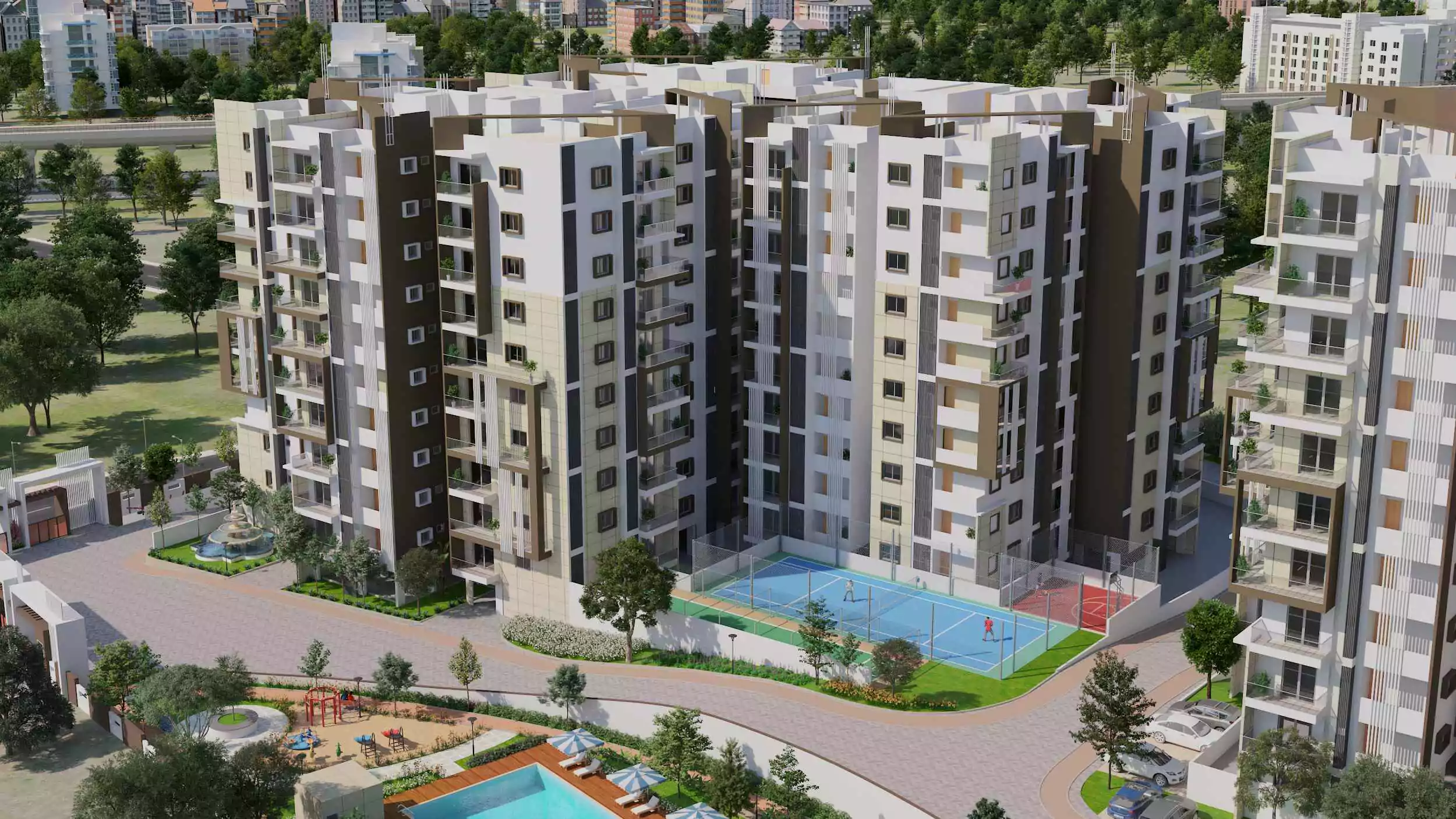
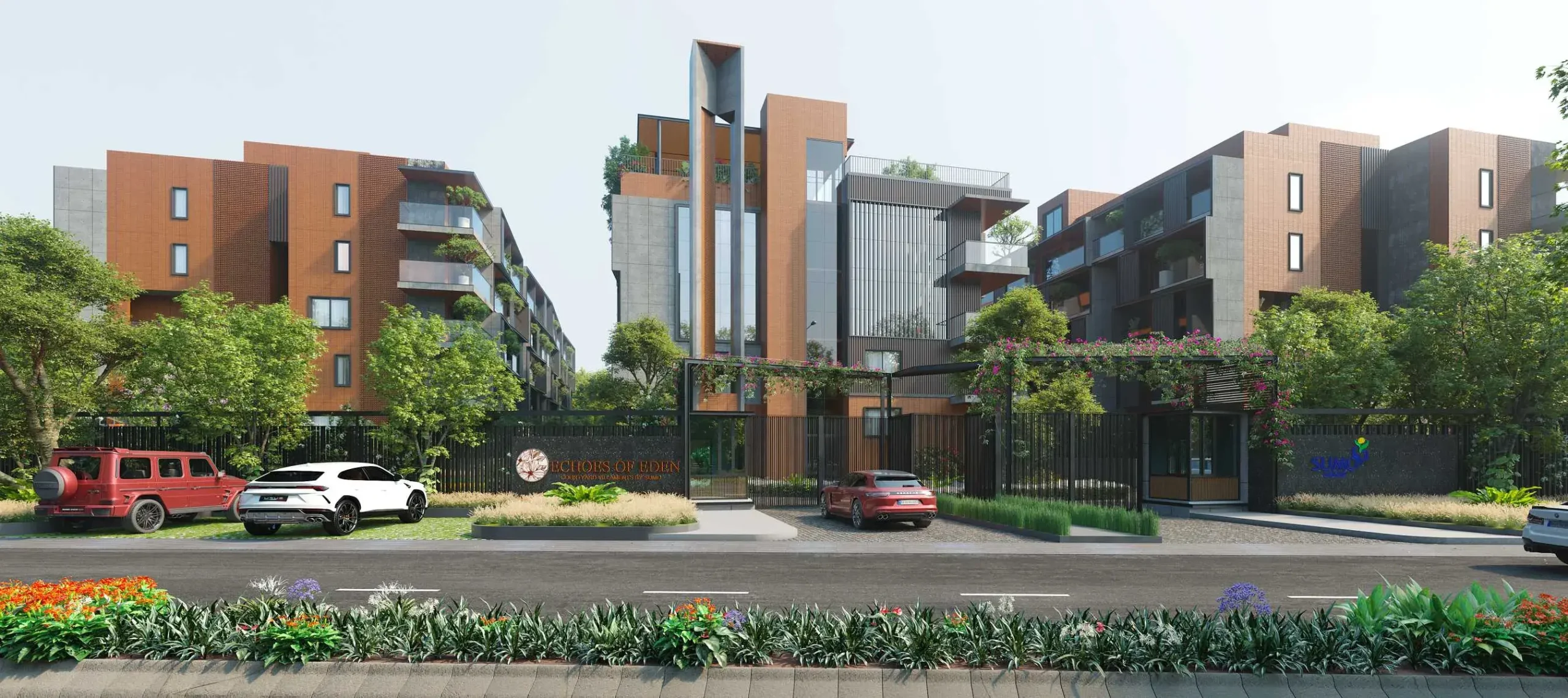

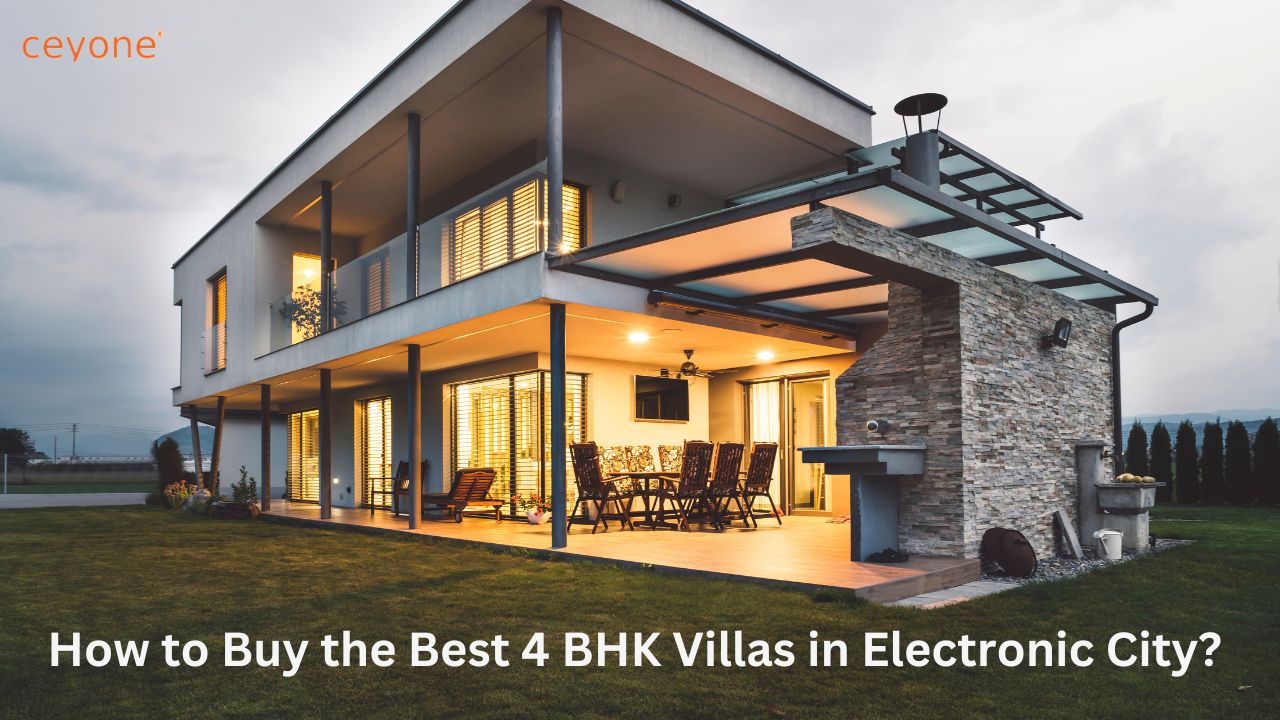
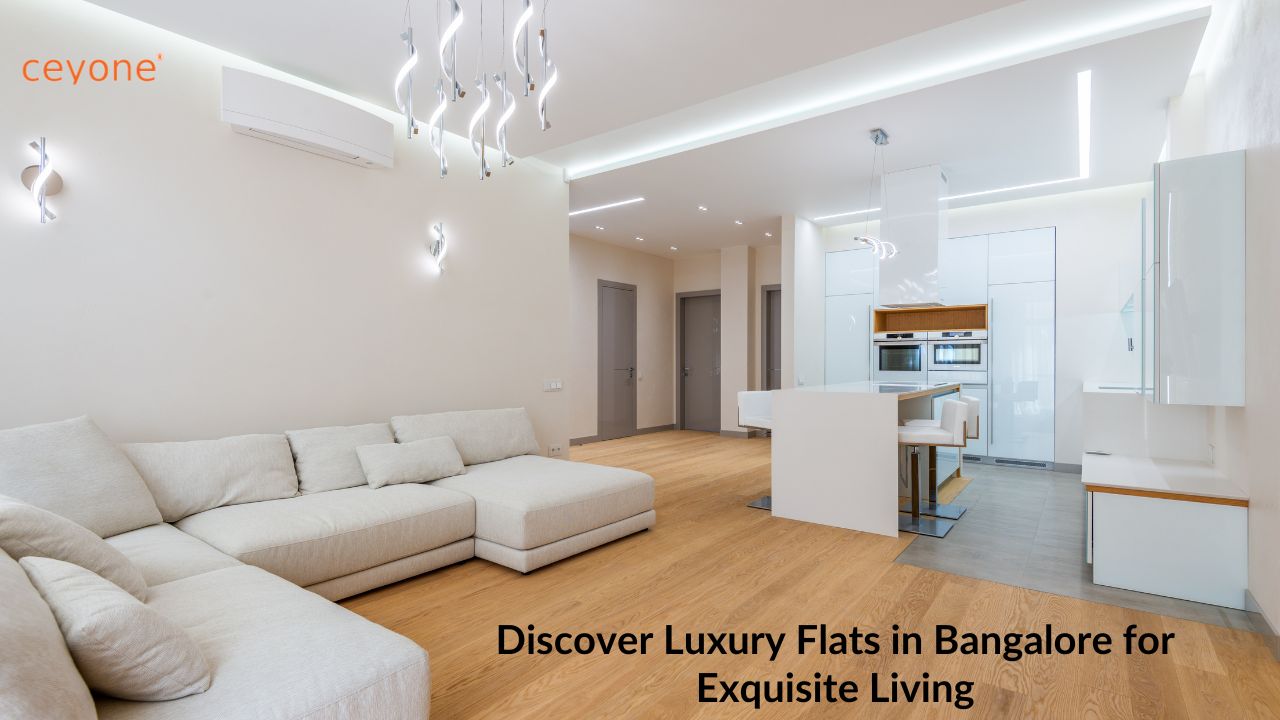




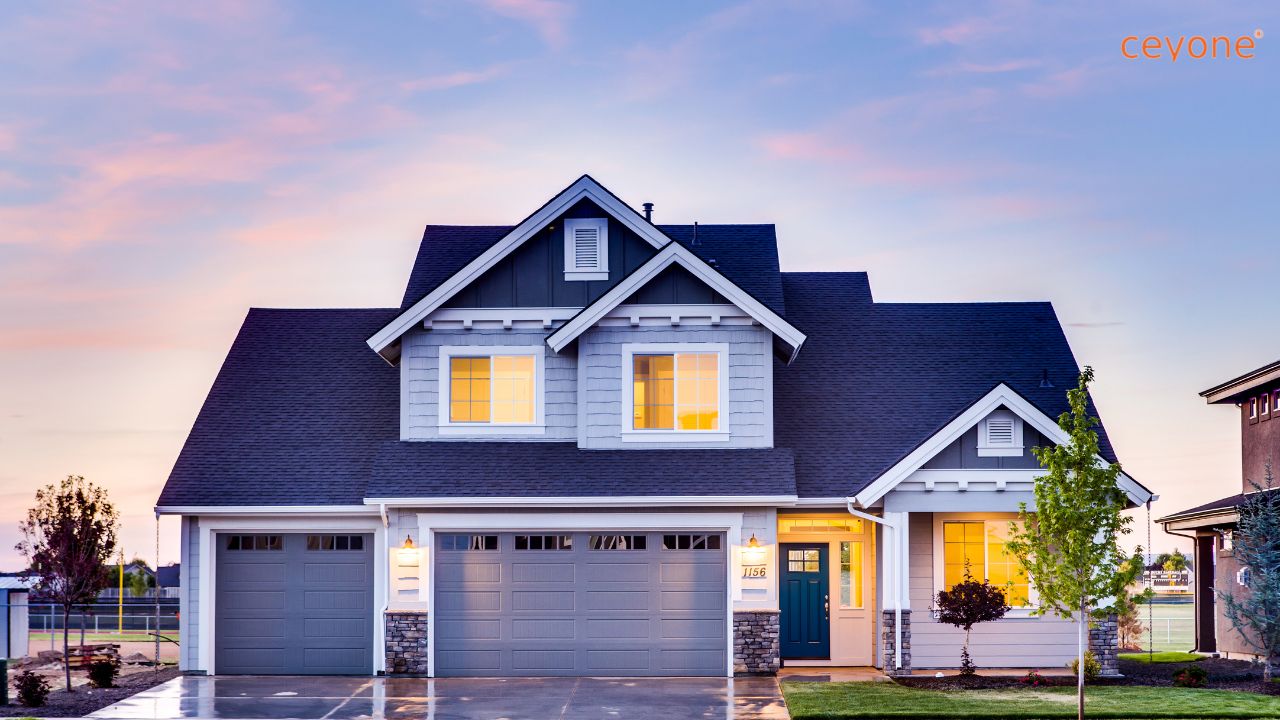

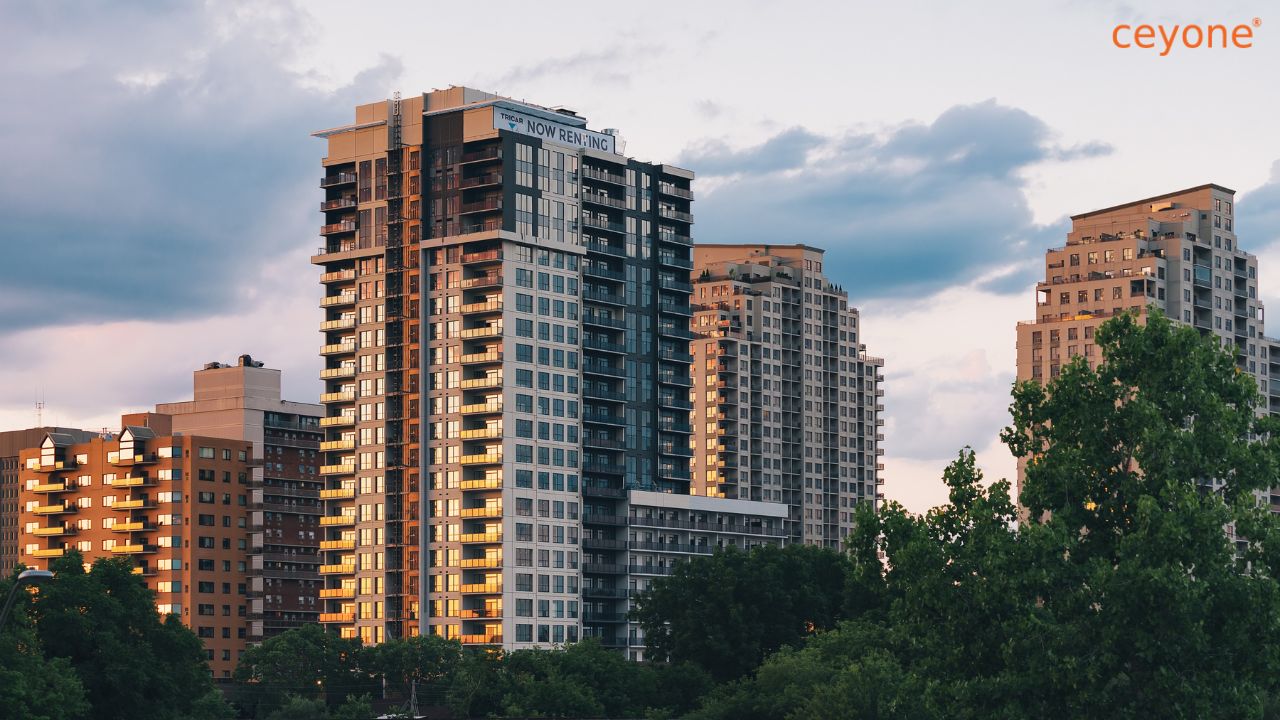

Post Comment